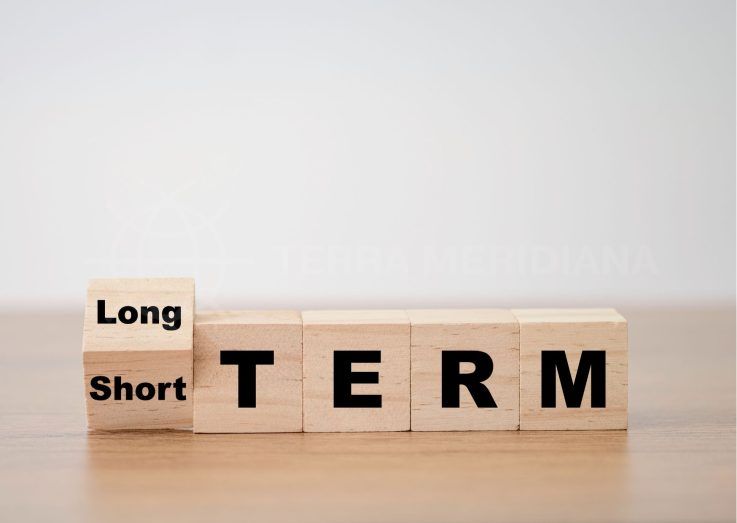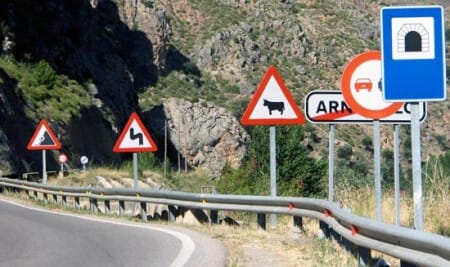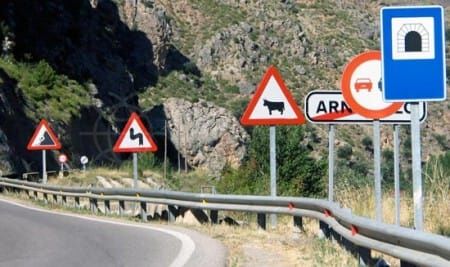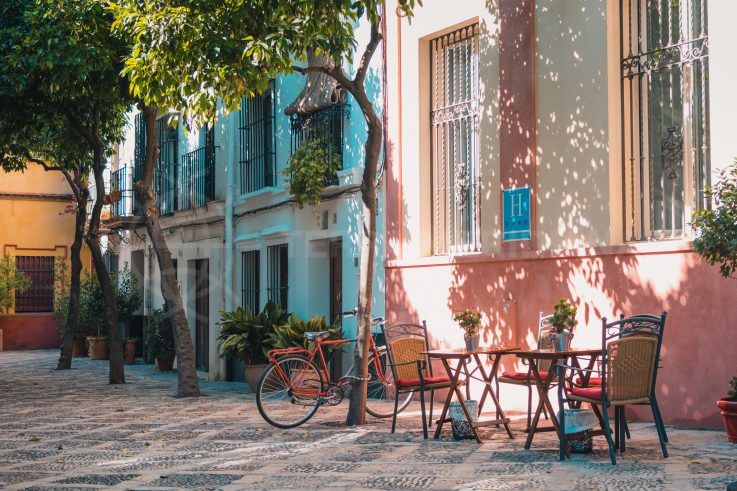
Property News
How to stay on the straight and narrow on Spain’s roads
Driving in Spain? Before you set off, make sure you have a spare pair of specs and a couple of high-visibility jackets in the glovebox. And, no, it’s no joke…

In early May, Spain updated its traffic laws, giving the Guardia Civil more powers to penalise new infractions. For foreign residents and visitors, this could have certain implications. For example, there are stricter rules about registration of vehicles brought in from other countries for use in Spain. Those who do not comply with the new regulations may be liable for fines or have points deducted from their licence. But don’t fret; read on to make sure you don’t fall foul of the new law.
Firstly, check your speed limits. While, on some motorways, the maximum speed has been increased from 120kph to 130kph, in other urban areas, it was reduced from 30kph to 20kph.
Secondly, a minimum fine of 1,000 euros will now apply to anybody caught driving with double the limit of alcohol permitted in their blood. In Spain, the legal limit is much lower than in the UK (0.5 mg per ml in Spain, compared to 0.8 mg in the UK) so don’t get caught out if you go out for a drink in your car. As a guide, 0.5 mg is equivalent to just one caña. New drivers are only allowed 0.1mg in their bloodstreams, so if you have just got your licence, it’s best to avoid alcohol altogether.
Thirdly, ensure you have legally-compliant car seats if carrying minors and you respect the law when it comes to where and how they are sitting in the car (see more information in Spanish here).
Finally, you can use this handy checklist to make sure you have all the relevant documents and safety items, if you are ever pulled over by the Guardia Civil:
1) Driving licence. Needless to say, this must be valid for use in Spain
2) ID document – usually your passport or Spanish residency card
3) Vehicle registration document (in Spanish, Permiso de Circulación) – bearing the vehicle description, registration, and the owner’s name and adress
4) Technical specification document (in Spanish, Ficha Técnica) – bearing an up-to-date ITV stamp (the ITV is the Spanish equivalent of the British MOT/vehicle test)
5) ITV sticker – this must be clearly displayed
6) Valid car insurance certificate and payment receipt
7) Two warning triangles and a set of replacement bulbs
8) Two safety jackets – these need to be accessible without leaving the car
9) A spare set of glasses (if the driver wears corrective spectacles normally)
By Eloise Horsfield | Property News | June 11th, 2014
Related Posts


